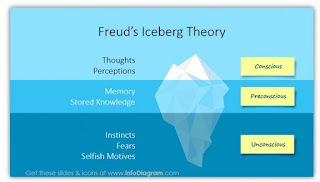Analytical Study of Agreed Perspectives
To What Extent do Contemporary Music Videos from Alternative/Indie Rock Make Use of Stereotypical Conventions and Dominant Views of Representation.
Both Music and Film are regarded as well-respected, ever-growing and easily accessible forms of art, both of which seek to inform the audience of an intended view point or opinion. Music videos tie the two mediums together in a sweet matrimony of visual and aural representations and concepts, and are generally produced in order to promote an artist or band's work to the public in an engaging and relative manner. In this study, I will be analysing a series of music videos from the genres of Alternative or Indie music from a number of different artists, delving in to explore common or 'stereotypical' conventions and popular, dominant views such as the portrayal of relationships, performances, day to day life, mood and mental health, making music videos and similar productions more relatable and enjoyable to their catchment audience.
Amsterdam- Nothing But Thieves.
I chose to look at the music video for Amsterdam by Nothing But Thieves as I both enjoy the music video as a standalone production, and the use of almost new-wave editing and semiotic symbolism to convey the illusion of a human race which has been damaged by societal expectations and the denouncement of individuality. The video was released in 2016 under the production companies 23/32 and Black Dog Films, directed by Thomas Jones and overall I feel that it conveys the angry, frustrated and dark story being told by the band in 'Amsterdam' incredibly well.
The film begins with a series of jump cuts into short shots of evidently distressed and dishevelled compositions either running or hiding from an unknown threat, before jump cutting again to the band, Nothing But Thieves, in an "old factory from the cold war era" (Little Black Book, 2017) as the song begins to play. The relevance of using an abandoned factory may not seem high at first glance, however, overall, the broken machinery and pieces of metal scattered around the set creates an almost impoverished and dishevelled appearance, adding to the dystopian undertone of both the song and the promotion. There is also a suggestion of symbolism through the use of such a controversial setting contextually, as the use of an ex-soviet building in the Ukraine, a country which was invaded and occupied by the USSR until its demise in 1991, and is therefore suggestive in itself of local hurt, anger and frustration at the hands of a greater force, meaning that the location links directly back to the theme of the song.
As a representative of 23/32 Productions said to Little Black Book, "beauty was really not what we were aiming for as such. Strange and interesting builds... With a feeling of downtrodden, weathered- as if subject to harsh, dystopian


Comments
Post a Comment